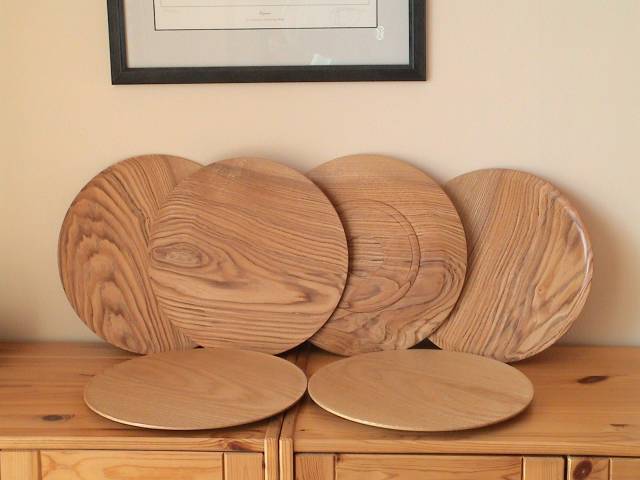Random Orbital Bob
Established Member
Hi folks, I've been experimenting with platters and I always seem to get them too deep. Can anyone tell me what the sort of standard (for say about 9" diameter) thickness a platter blank typically is please? Also how thick should the spigot for the chuck be? I'm currently making them in the region of about 5mm but I'm sensing they could be thinner than that and still safe. (The jaws I'm using have an optimal spigot diameter of 55mm).
Lastly, do those of you with platter experience tend to use spigots or recesses for the chucking and if so why do you prefer that method?
many thanks
Lastly, do those of you with platter experience tend to use spigots or recesses for the chucking and if so why do you prefer that method?
many thanks





































